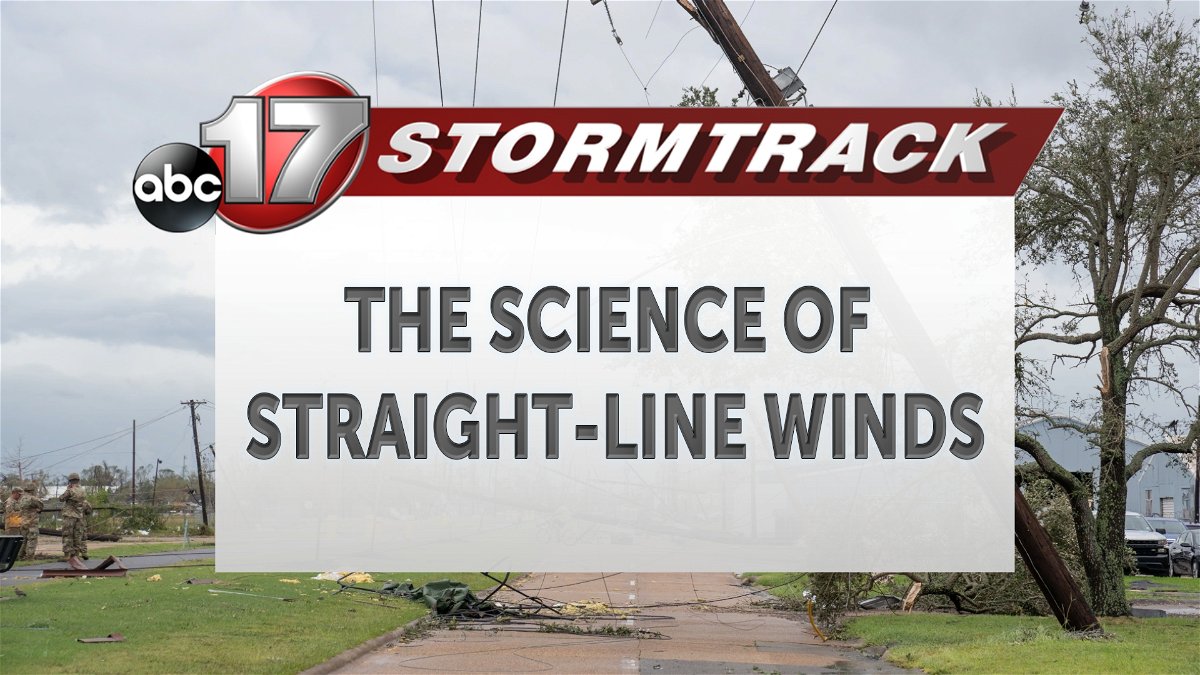Severe storms are often associated with lightning, hail, and tornadoes. However, one of the most widespread dangers is wind damage from straight-line winds. These winds can reach speeds of up to 100 mph or more in rare cases, which is faster than winds in some tornadoes.
Fallen trees, branches, and structures all facing the same direction are telltale signs of straight-line wind damage. Sometimes, this type of damage can be mistaken for tornado damage. Straight-line winds, also known as gust fronts, occur as warm air rises ahead of a storm. This rising warm air cools and becomes denser, falling back down into the storm and creating horizontal winds that can become strong straight-line winds extending ahead of the storm cells.
During severe storms with straight-line winds, it is important to stay indoors and away from windows. Power outages can occur, and it is crucial to avoid downed or damaged powerlines to prevent the risk of electrical shock. If you have a story idea you’d like to share or want to join the conversation, ABC 17 News welcomes civil and respectful dialogue. Please ensure that your comments are relevant and follow the Community Guidelines. Click here to review our guidelines and submit your story idea.
